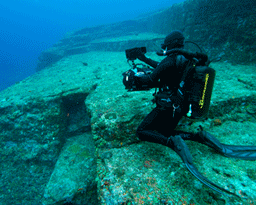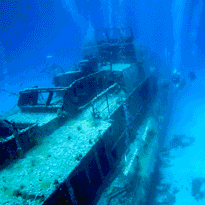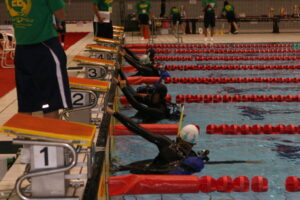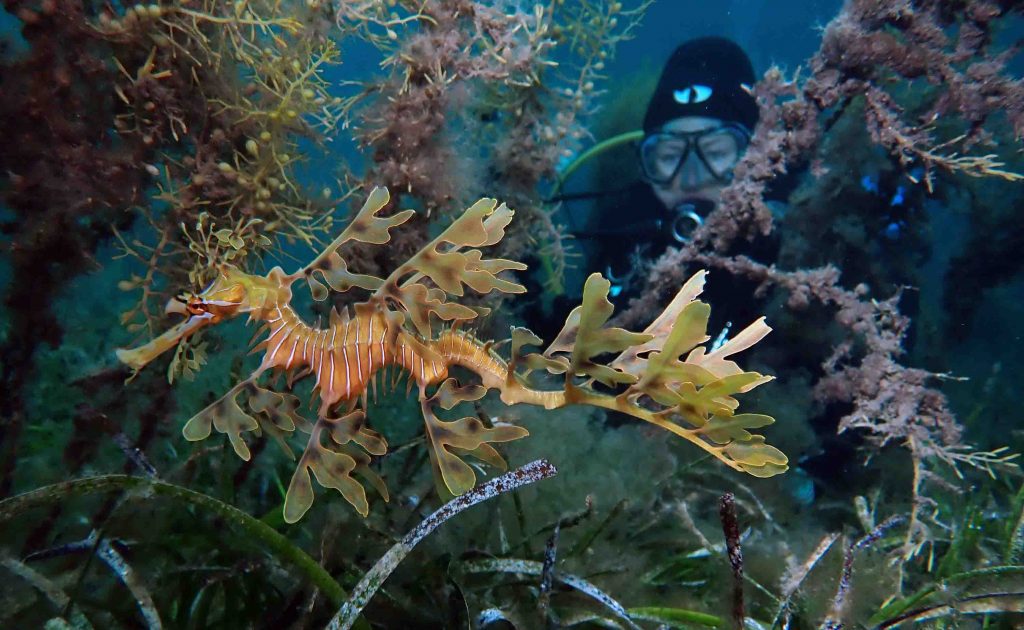
DIVING NEWS
Have you snapped a seadragon?
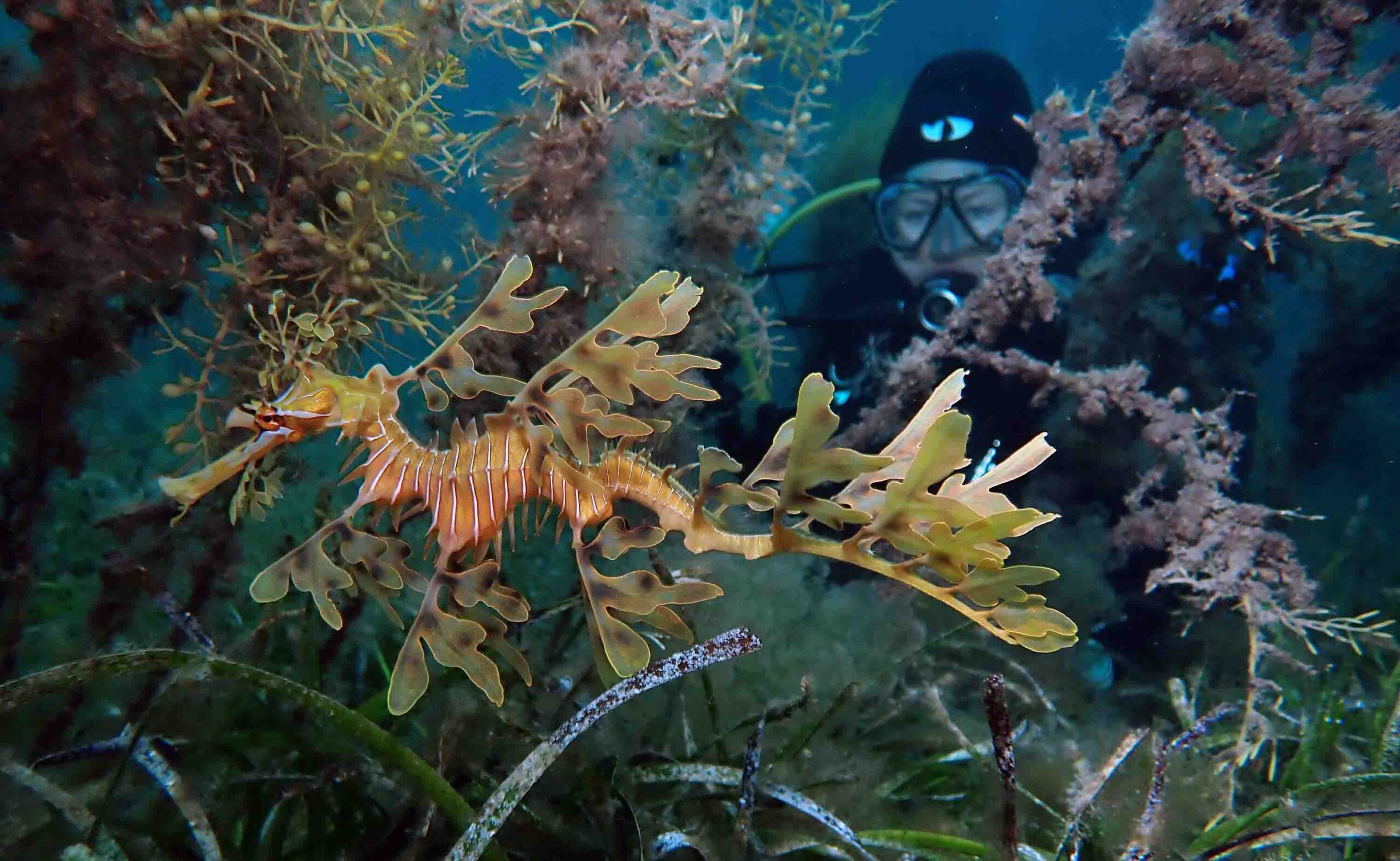
Seadragons are among the most prized of quarries for underwater photographers, but have you or friends dived in southern Australia and been lucky enough to capture any images of these spectacular but mysterious creatures?
SeadragonSearch is a new community-driven science initiative dedicated to collecting such photographs from any scuba diver who cares to submit them for analysis. It uses artificial intelligence and machine learning to help match images, using the unique patterns on each seadragon’s face or body.
As sightings of individuals are repeated, the intention is to track the iconic fish through time and space. This should provide data about their lifespans and other traits, to improve the population estimates that underpin conservation and management actions.
The initiative has been launched by the Perth-based Western Australian Museum (WAM) and Scripps Institution of Oceanography at the University of California San Diego in the USA. They are working with non-profit organisation Wild Me, a US software developer that uses AI tools to collect and analyse data from threatened wildlife populations.
There are three known species of seadragon – the common or weedy, leafy, and the recently discovered ruby seadragon. Found only in Australian seas, they belong to the same family as seahorses and pipefish.
2 October 2020
If you haven’t taken any seadragon images and don’t expect to travel to Australia in the near future because of coronavirus restrictions, bear in mind that the project is scheduled to last for the next 10 years.
And don’t worry if you do have pictures but taken a while back. “Old photos will be fantastic – we are super-interested in going back in time,” Flora Perrella of the WAM told Divernet. “Maybe not so much pre-2000s, unless readers have a lot from one area, but we think it will fit the bill regardless.”
“Seadragons live in shallow algal habitats, which are particularly vulnerable to climate change,” said Dr Greg Rouse of Scripps, co-leader of the SeadragonSearch project. “At the moment, we know little about the life histories of these unique fish. We suspect they don’t move far outside of small home ranges, but we need the community’s help to gather more information so that we can properly plan for their conservation.”
Habitat loss is a concern because seadragons have limited mobility and low genetic diversity.
“Without more information, we can’t accurately estimate how seriously seadragons are threatened by human impacts,” said co-leader Dr Nerida Wilson, from the WAM.
“People-power is critical to keep conservation efforts in focus, and we are fortunate that seadragons have such a strong community of support behind them. Seadragons often live in areas of high biodiversity, so helping them helps other marine life, too.”

The post Have you snapped a seadragon? appeared first on Divernet.
Read More Diving News Divernet






